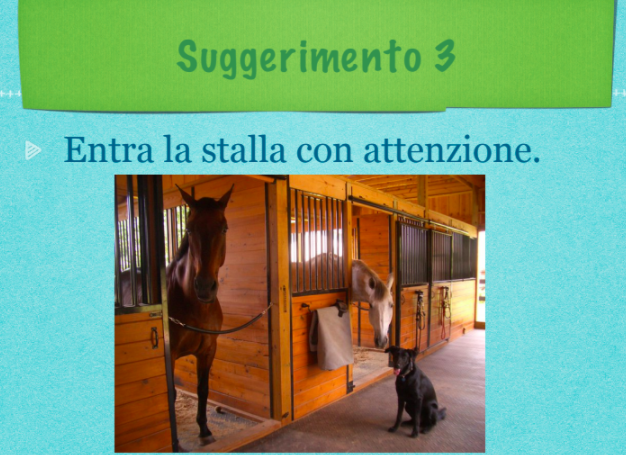My husband does not speak Spanish, despite having studied it in high school for four years. While he does not remember most of the basic conversational phrases, he can tell you how to say pencil sharpener, shark and purple. Needless to say, he didn’t win me over on the first date by speaking in Spanish. 😉 He’s not alone, however – in speaking to many adults who studied a language in high school, their response will often sound something like, “Oh, I can’t speak it. But I do remember how to say umbrella! PARAGUAS!”
As noted in previous posts, Nipmuc’s World Language department is making a shift in our approach to language instruction from grammar based to proficiency based, placing an emphasis on authentic communication instead of memorization. We’ve been hard at work creating opportunities for students to showcase their practical language skills, and this year many of us are attempting to reinvent how we teach vocabulary.
In years past, I covered several topics of vocabulary per year on topics ranging from office supplies to household appliances to farm animals. And, while it may have been useful to some students, it mostly rewarded those who were simply strong memorizers. When we started thinking about reimagining what learning would look like in our World Language classes, vocabulary units were a logical place to start. How powerful, exciting and fun would it be for students to be able to proficiently communicate about something that interests them, rather than cows, washing machines or scotch tape? Why not let students identify a topic they already love and use that as the focus for their vocabulary units?
Here’s how we’re changing things up in my Italian 3 and Spanish 2 courses….
First: We started the year with a brainstorming session about our interests and discussed some options for possible topics. I was thrilled with the initial response from students – and was relieved that the topics chosen in each class were as varied as the students themselves. We have students focusing on horseback riding, medical careers, hiking, biking, dance, travel, animation, photography, space, gymnastics, painting, cooking/baking and so much more.
They were pumped. I was pumped. But what to do next?
Our first project: SketchNotes
I figured the next step would be to identify the most crucial terms associated with the topic, so I had students choose 10 important terms. Since we were reviewing present tense verbs, I also had them use the words in a sentence. While this was helpful to review grammar points, it felt a little stuffy, so we added in a short paragraph explaining why they each chose their respective topics. Lastly, I wanted to give them an opportunity to connect the target language with their topic. Each student found a native speaker who has an online presence (via a Twitter account, YouTube channel or website) that writes/speaks about each particular topic in Spanish or Italian.
Each student gathered all of the above information (new terms + sentences + “why I chose this topic” + native-speaker online resource) and created a Sketch Note. Sometimes referred to as visual note-taking, Sketch Notes allow students to convey ideas and information using both text, graphics and creative structures. I think the end results really speak for themselves – students invested so much time, effort and excitement into their projects and it really shows. Check out a few sample Sketch Notes projects below:
10 Expert Tips about…..
Italian 3 students created their Sketch Notes projects right before we covered a new grammatical concept: commands (or the “imperativo” tense). To blend the two ideas together (commands + our individual vocabulary topics), we decided to create our own “expert tips”. I based the project on commonly-encountered clickbait, like “10 tips for new homeowners – you won’t believe #4!” Instead, students focused on their individual topics and the results were great! Here are some fantastic examples below:



What’s next? Term 2 projects
The possibilities with these vocabulary topics are endless! During Term 2, Spanish 2 students will be using their topics to create projects for the preterite (past) tense. In the past, I’ve assigned a home renovation project in which students describe various home improvements that they make (using the preterite tense and house vocabulary). There’s no reason that they can’t instead create their own projects to utilize their own topics – and I’m sure the results will be phenomenal!
Italian 3 students typically create a “how-to” video using the imperativo (commands) and culinary terms to create a cooking show. Instead of limiting students to this topic, students can showcase their own expertise in customized “how-to” videos on their own interests. I can’t wait to see the final projects!
Do you have any fun ideas that could allow students to blend their personal interests with target language communication? Please leave a comment! I’m happy for any feedback as we get this idea off the ground!









